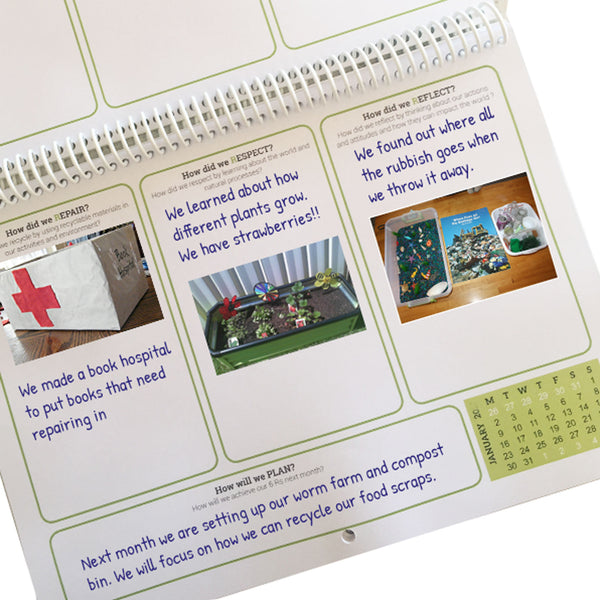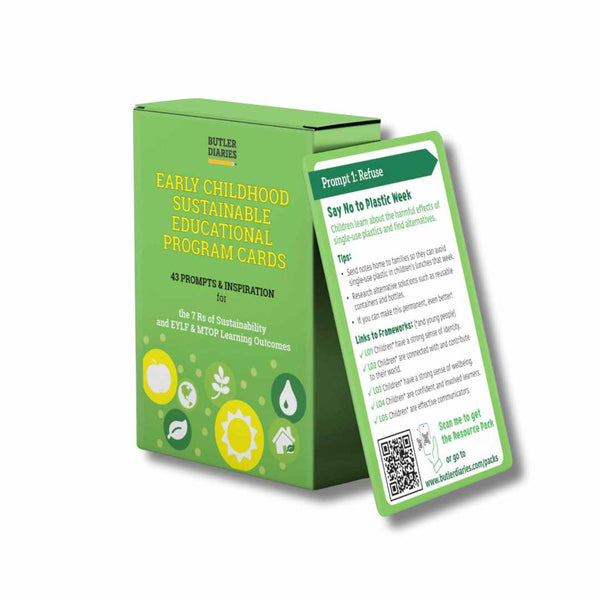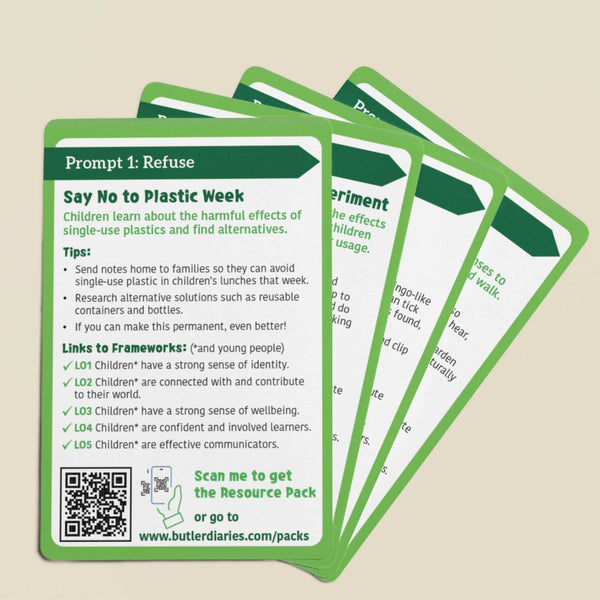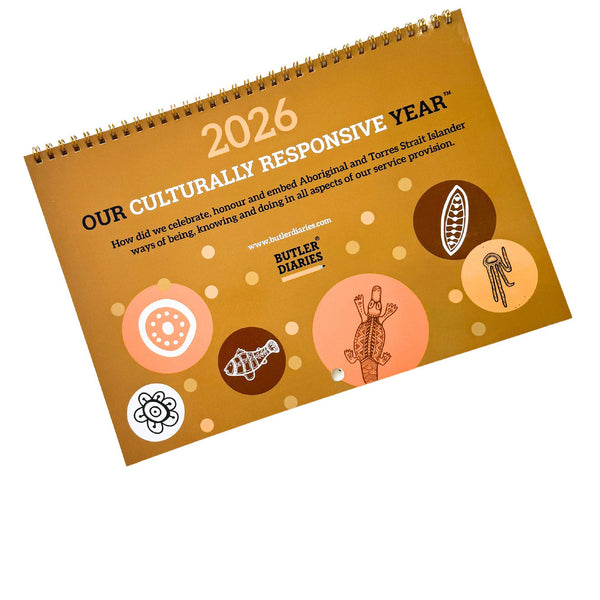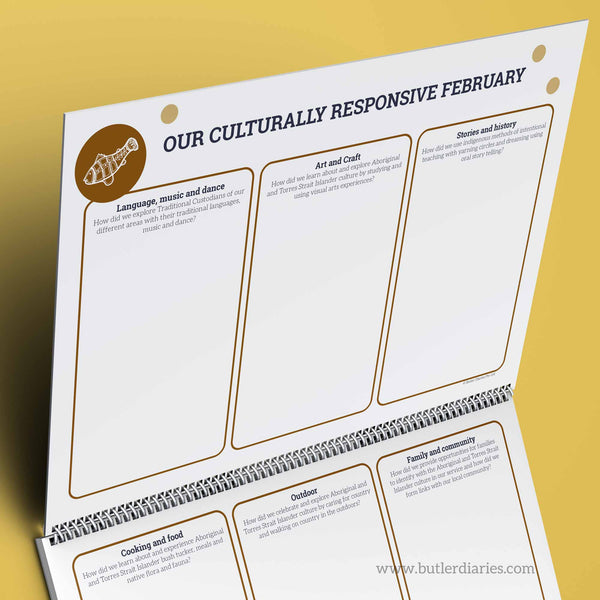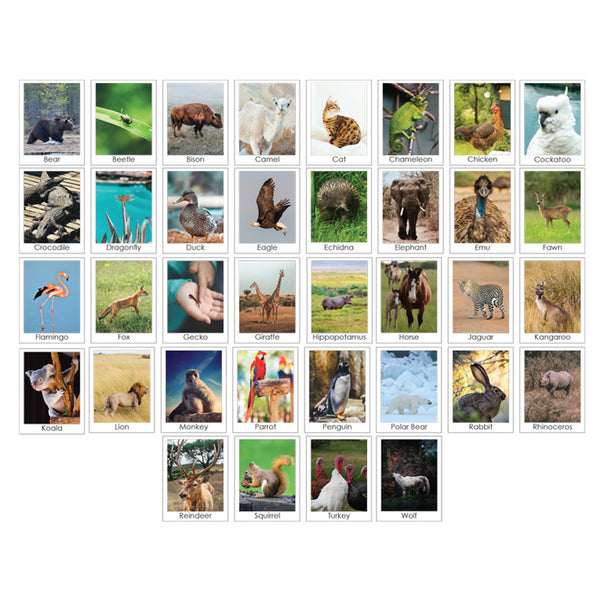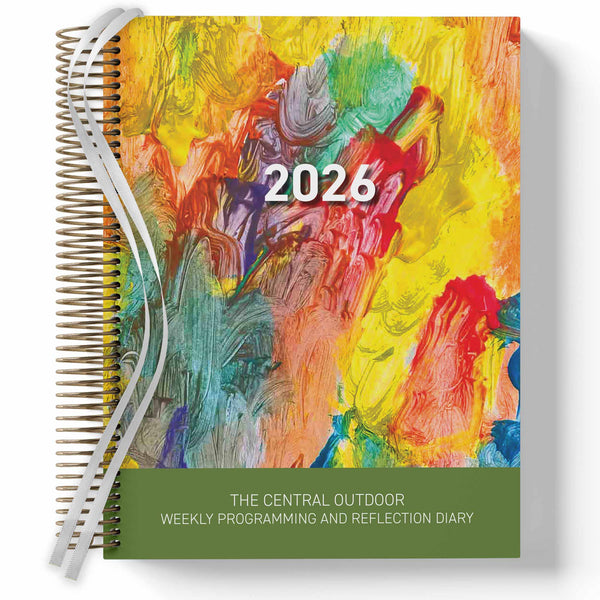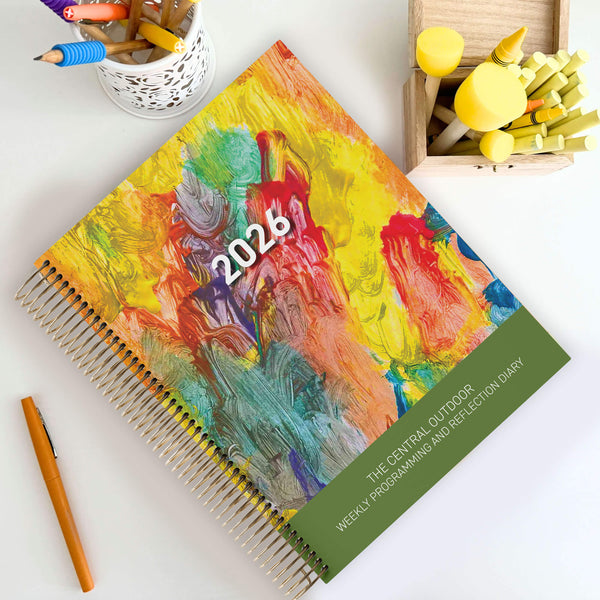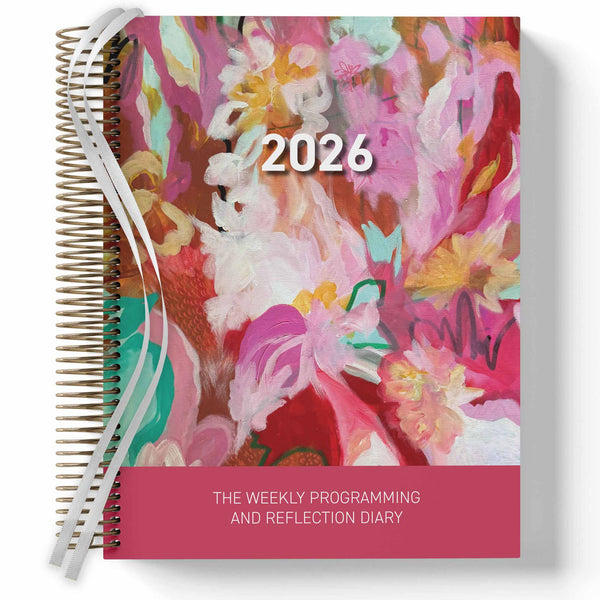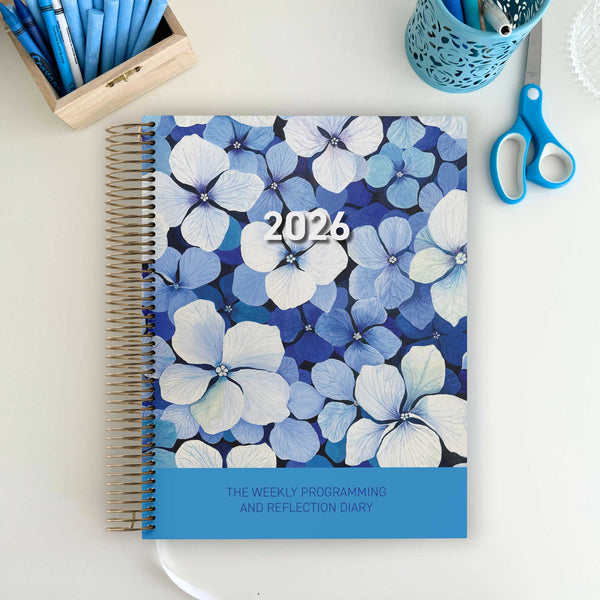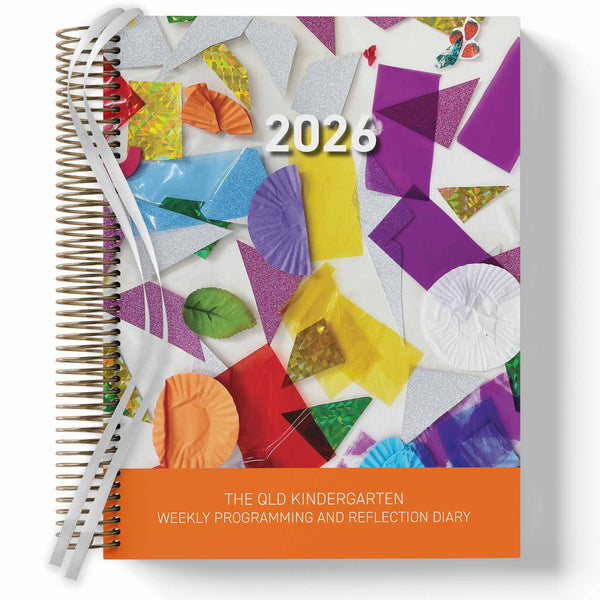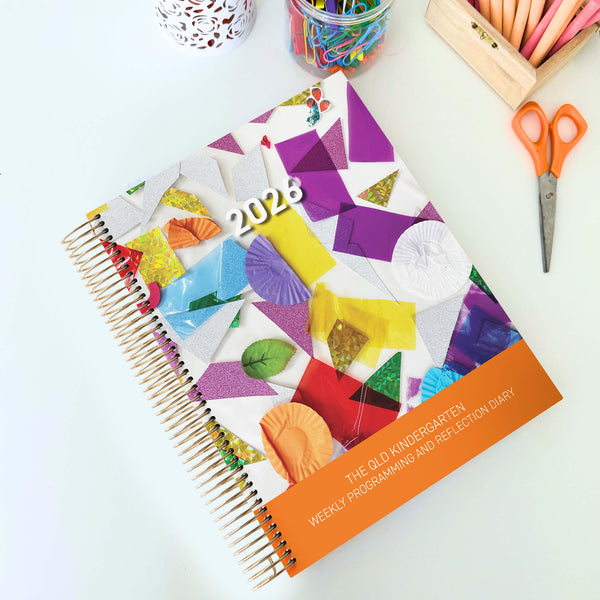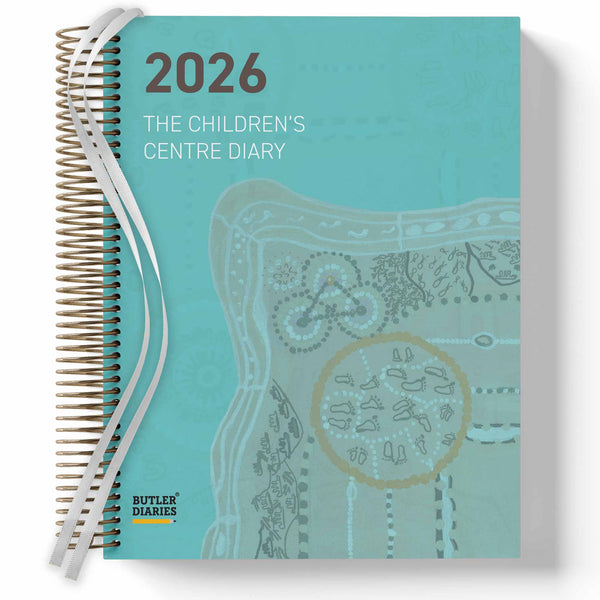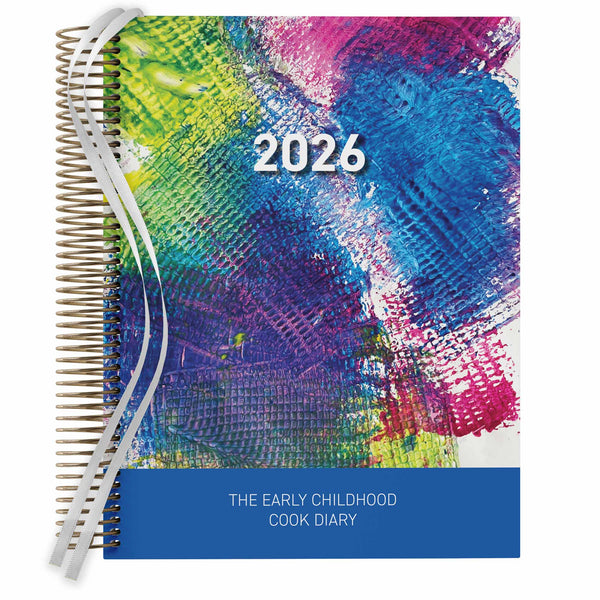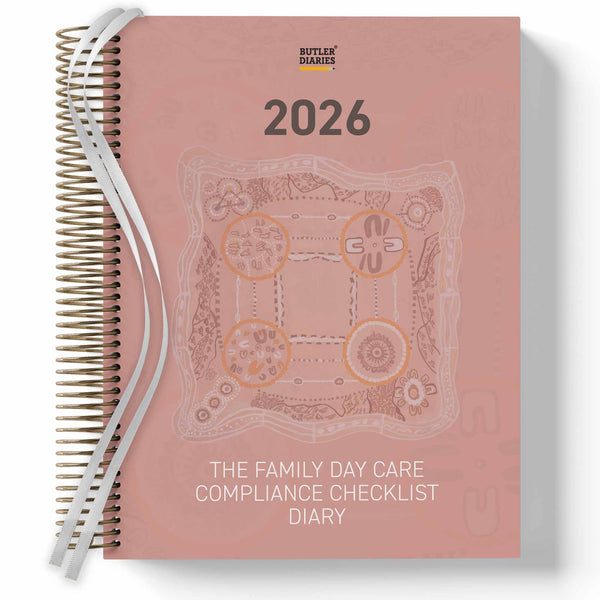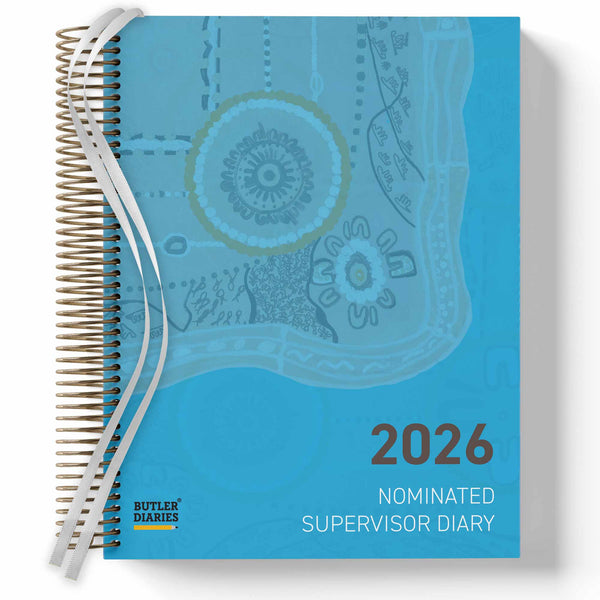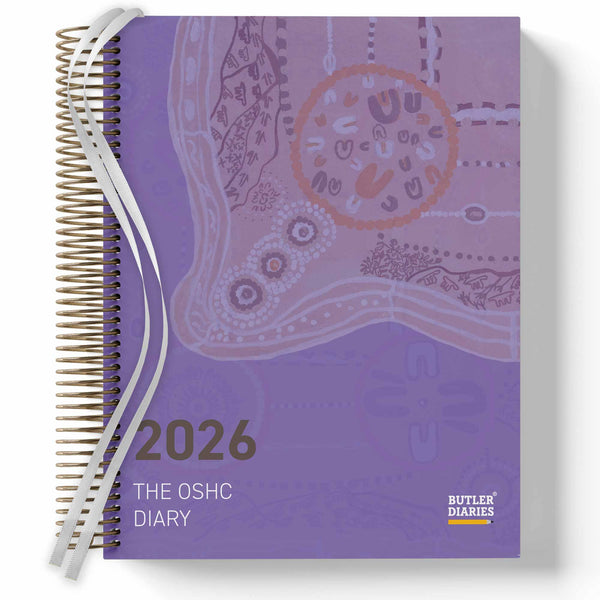Composting is an excellent way to teach young children about the environment, sustainability, and the importance of reducing waste. Through composting, children can learn about the natural processes of decomposition, the role of microorganisms in breaking down organic matter, and the importance of soil health. Composting can also be used as a tool to teach children about the food cycle and the importance of reducing food waste.
By participating in the composting process, children can develop a sense of responsibility and ownership over their environment, as well as a deeper appreciation for the natural world. Additionally, composting can be used as a way to teach children about the interconnectedness of living systems and the importance of conservation and stewardship of natural resources.
Step-by-step guide to composting in your Centre
Setting up a compost system in your early learning centre is easy and can be done with just a few simple steps. Here is a step-by-step guide on how to set up compost in your early learning centre:
-
Determine the compost location: The first step is to determine where you will place your compost bin. It is important to choose a location that is convenient for staff to access, but also away from areas where children play.
-
Choose a compost bin: There are many different types of compost bins available on the market, ranging from small countertop models to large outdoor bins. Choose a bin that is appropriate for the size of your early learning centre and the amount of waste you will be composting.
-
Gather materials: You will need a variety of materials to start your compost bin. This includes brown materials (such as dried leaves, hay or shredded newspaper), green materials (such as fruit and vegetable scraps, grass clippings, and coffee grounds), and water.
-
Begin composting: Once you have all the materials, it's time to start composting. Begin by layering brown and green materials in the compost bin, making sure to add enough water to keep the compost moist but not too wet.
-
Turn the compost: To help speed up the composting process, it is important to turn the compost every week or two. This will help mix the materials and provide the necessary oxygen for the composting process.
-
Monitor the compost: Keep an eye on your compost and make sure it stays moist and well-aerated. If the compost begins to smell bad, it may be too wet or not aerated enough, so add more brown materials and turn the compost more frequently.
-
Harvest the compost: After a few months, your compost should be ready to use. Harvest the compost by sifting out any large chunks and using the finished product in your garden or planters.
-
Educate the children: Use the composting process as a teaching opportunity for the children. Teach them about the importance of composting and how it helps reduce waste and benefit the environment. Encourage them to help with the composting process and use the finished compost in your learning centre's gardening projects.
- Document their experiences: Document the process and children's discoveries in your Our Sustainable Year Wall Calendar to show how you are embedding sustainability year round.
What can and can't you compost
Composting is a natural process that involves breaking down organic matter into a nutrient-rich soil amendment. However, not all organic matter is suitable for composting. Here's a list of what can and can't be put in compost:
What can be composted:
- Fruit and vegetable scraps
- Grass clippings and leaves
- Tea and coffee grounds
- Eggshells
- Shredded paper and cardboard
- Plant trimmings
- Nut shells
- Hay and straw
- Sawdust and wood chips
- Hair and fur
- Meat, fish, and dairy products
- Oils and fats
- Diseased or pest-infested plants
- Charcoal ash
- Glossy or coated paper
- Synthetic fibers or fabrics
- Bones or large branches
- Weeds that have gone to seed
It's important to note that adding these items to your compost can slow down the composting process, attract pests, and create unpleasant odours. In addition, some items, such as meat and dairy products, can pose health risks and should be avoided.
In general, it's best to stick to adding vegetable and fruit scraps, plant materials, and other organic matter to your compost. By following these guidelines, you can create a healthy and nutrient-rich compost that will help improve soil health and support the growth of your plants.
Linking composting with EYLF and NQS
Learning about composting in an early learning centre can be linked to the Early Years Learning Framework (EYLF) and the National Quality Standards (NQS) in several ways. The EYLF identifies sustainability as a key learning area and encourages educators to teach children about sustainable practices. Composting is an excellent example of a sustainable practice, and by participating in composting, children can develop an understanding of the interdependence between humans, plants, animals, and the environment.
In terms of the NQS, composting can be linked to Quality Area 3: Physical Environment, as it encourages children to engage with and understand the natural environment. It can also be linked to Quality Area 1: Educational Program and Practice, as it supports the development of children's knowledge and understanding of sustainability and the environment. Furthermore, it can be linked to Quality Area 6: Collaborative partnerships with families and communities, as it provides an opportunity for educators to engage with families and the wider community in sustainable practices and environmental initiatives.
Overall, learning about composting in an early learning centre aligns with the EYLF and the NQS by promoting sustainability, environmental awareness, and collaborative learning. By incorporating composting into the learning program, educators can support children's holistic development and instil in them a sense of responsibility for the environment.
Document and link children's learning to the EYLF outcomes and NQS in your Our Sustainable Year Wall Calendar and your Central Outdoor Weekly Programming and Reflection Diary.
Are there any risks to composting with children?
While composting is generally safe, there are some risks to consider when composting with children. Here are a few things to keep in mind:
-
Bacterial exposure: Composting involves the use of bacteria to break down organic matter. While most of the bacteria involved in composting are harmless, some can cause illness, especially for children with weakened immune systems. To reduce the risk of bacterial exposure, it's important to emphasise proper hygiene practices, such as washing hands after handling compost and wearing gloves.
-
Allergic reactions: Some children may be allergic to certain types of organic matter, such as pollen. To reduce the risk of allergic reactions, it's important to monitor children closely and be aware of any allergies or sensitivities they may have.
-
Pests and animals: Composting can attract pests and animals such as rodents and insects, which can pose health risks to children. To reduce the risk of attracting pests and animals, make sure to properly cover the compost pile and avoid adding meat, dairy, or other attractants to the compost.
By taking these precautions and following proper safety guidelines, composting can be a safe and enjoyable experience for children in an early learning centre. As with any experience involving children, it's important to carefully supervise and monitor children to ensure their safety and well-being. Your Central Outdoor Weekly Programming and Reflection Diary includes a checklist to record the risk management taken in your outdoor environment.
Setting up compost in your early learning centre is a simple and effective way to teach children about the environment and reduce waste. With a little effort and dedication, you can create a thriving compost system that benefits both your learning centre and the planet.









